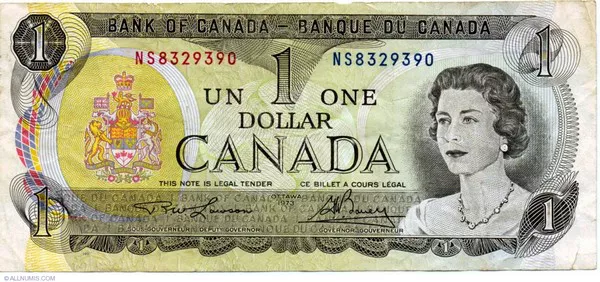USD/CAD gained a second straight day of positive momentum on Tuesday, building on the previous day’s rebound from the $1.3480 area, the lowest level since September 29. Driven by bearish crude oil prices, USD/CAD broke through the 1.3500 mark in Asia, hitting its highest level in three days.
Amid a gloomy global economic outlook, investors remain skeptical that OPEC+ production cuts will have a significant impact, although they are expected to weaken fuel demand. This in turn has pushed crude oil closer to the multi-month lows hit in November, thus weighing on the commodity-linked Canadian dollar and providing some support for USD/CAD. Separately, expectations that the Bank of Canada (BoC) will begin cutting interest rates in the second quarter of 2024 also appear to be further weighing on the Canadian dollar (CAD).
On the other hand, global risk aversion has provided some support for the dollar, although dovish expectations from the Federal Reserve have prevented further gains in the dollar. Market participants now appear to believe that U.S. interest rates have peaked and that the Federal Reserve will begin easing monetary policy as soon as March 2024. This has led to a fresh decline in U.S. bond yields, discouraging USD bulls from aggressive bets and potentially preventing USD/CAD from rising significantly.
Against the backdrop of the mixed fundamentals described above, it would be prudent to wait for strong follow-through buying in USD/CAD before confirming a short-term bottom and positioning for further gains. Traders are now focused on U.S. economic data, which is due to release the ISM services PMI and JOLTS job openings data. These data, along with U.S. bond yields and broader risk sentiment, will drive dollar demand. In addition to this, oil price volatility will also provide some momentum for USD/CAD ahead of the Bank of Canada decision on Wednesday.


